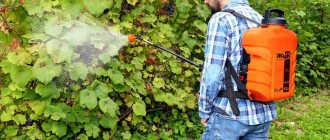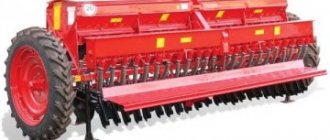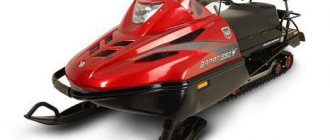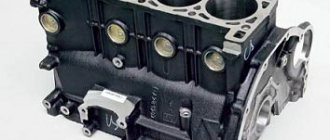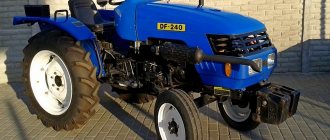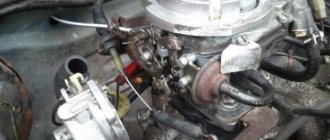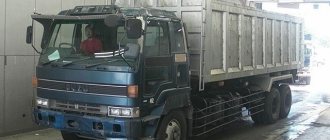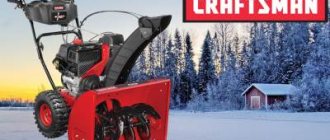Functions and types of seeders
A modern seeder performs several tasks simultaneously:
- Make a furrow in the ground using a harrow;
- The seeds are then placed inside the furrow;
- Two metal devices close the previously open groove.
Some seeders are equipped with a compaction roller, which helps the grains stick to the ground, facilitating germination.
There are mainly two types of seeders on the market today:
- Universal row seeders that are used for sowing wheat, barley, alfalfa and thousands of other types of seeds;
- A precision seed drill, which is much more complex than the previous one and is usually used to distribute one seed at a time at exactly equal intervals along parallel rows
These machines can be simple, capable of seeding only, or combined with fertilizer spreaders, capable of simultaneously distributing fertilizer locally, or with tillage implements (usually rotary harrows).
Seeders can also be divided according to the functioning of the distribution bodies into mechanical or pneumatic. Based on the type of coupling to the tractor, they can be divided into semi-mounted and trailed.
How to make a choice?
When the time comes to choose a seeding unit, many farmers ask themselves: which seeders will perform better?
There is a wide selection of seeders on the agricultural machinery market, from relatively affordable domestic ones to expensive imported machines. Thus, under the Bystritsa brand, models SNPP-5.6K, S-6MP2-02, S-6MP3-01, S-7.2PMZ, S-6PS and others are produced. produces models VITA SZ-5.4, VITA SZP-3.6A. manufactures models ZS-6, ZS-9, ZS-4.2, etc.
Foreign seeders John Deere, Kverneland, Amazone), Lemken have proven themselves to be highly productive and reliable.
When choosing a seeder, you need, firstly, to take into account the tasks that you plan to solve with its help: this could be purely sowing seeds in the ground, or perhaps you need to roll and apply fertilizers?
In addition, the following characteristics must be taken into account:
- Opener type.
- Working width.
- Bunker capacity.
- Row spacing.
It is also important to consider which tractor the grain unit will work with.
Seeder structure
The seeders consist of:
- Support frame (with or without wheels);
- Bunker intended for seed material;
- Devices for hilling seeds.
Typically, the seeder is equipped with a control structure that allows you to change the dosage or distance in the seed row, as well as the seeding depth, instruments to monitor any anomalies or malfunctions of the seeder, and rule-furrow or row markers that make it easier to control the machine by indicating the track on the ground that needs to be followed. move during subsequent stages of work in the field to maintain uniform spacing between rows.
Upon request, growers can supply a mechanical or electronic device called a hectare counter to measure planted hectares.
A little history
Also check out these articles
- How to choose the right melon
- Rhode Island chicken breed
- Varieties of white roses
- Agricultural machinery: types, types, applications
The seeder was invented in the Baroque era, at the beginning of the 18th century, more precisely in 1701. It was built by the English farmer, agronomist and forerunner of the development of agricultural technology, Jethro Tull. Thus, he contributed to the improvement of agricultural production by popularizing and promoting agricultural machinery as devices that make the work of farmers easier.
Bunkers for seeds and fertilizers
The hopper, usually shaped like a truncated cone, has a mixer at the bottom, consisting of one or more longitudinal shafts equipped with radial blades. This mixer, continuously mixing the seeds, ensures a uniform supply of seeds to the distribution bodies.
- The distributors, located under the hopper, consist of cylinders with grooves (mostly with a spiral profile) or alveoli or blades located inside the distribution chamber.
- The transmission of movement to the distributors occurs due to the movement of the seeder wheels using gears in the case of towed machines or through a special design for mounted and semi-mounted machines.
Each of the distributors is driven by a flexible type feed tube which directs the seed to a furrow traced by grooves mounted on arms hinged to the frame and which can be moved laterally.
The coulters (disc, gable or shoe, depending on the soil type) are equipped with adjustment devices that allow you to maintain constant pressure on the soil and, therefore, regulate the depth of embedding.
Harrow functions
A harrow mounted behind the furrows (consisting of cross ridges with flexible teeth in row seeders and pneumatic wheels in precision seeders) closes the furrows into which the seed was placed.
- The markers leave a furrow in the ground, allowing the tractor driver to maintain a constant row spacing between one machine pass and the next.
- The most primitive seeders do not allow precise control of the distance of seeds in a row, but only the distributed dose. Typically they can be with forced distribution in the mechanical distribution version and with seed transport by compressed air or vacuum in the pneumatic distribution version.
Precision seeders allow individual seeds to be placed evenly in a row. They differ from row seeders by the use of certain distributors, consisting in the version with mechanical distribution, discs with alveoli on the periphery, in contact with the bottom of the hopper, designed to remove one seed from the box. distribution.
The pneumatic version is equipped with discs in which the seeds are collected due to the vacuum created by a special centrifugal suction fan, and the seeds are transported into the furrow under the influence of gravity.
Universal and specialized seeders
A universal seeder has a simpler design and a relatively low cost, while a precision seeder will have a very high cost. Therefore, corn sowing, for example, is carried out by contractors who have just such a seeder in their fleet.
Country-scale seeders are produced with trailed, rather than separate, mechanisms. Until now, manual devices are used in small areas, but this is precisely for sowing club flowers and a small amount of vegetables; it is impossible to plant cereals in this way.
Modern seeders for farms and large agricultural enterprises are often moved using a hydraulic lift and have a large number of bunkers.
- Often in universal versions, in addition to a bunker for seed material, there is also a bunker for fertilizers, which is located in the same row with them, which avoids the passage of equipment to distribute only fertilizers.
- A pneumatic precision seed drill works like this: the seed is sent from a hopper to a distributor, which is nothing more than a shaped metal disc, the seed is “sucked in” from one side to remain attached to the distributor until detached and then planted into the soil.
In the mounted and semi-mounted versions, the front part of the machine is equipped with a structure for connecting to the three-point hitch of the tractor; in a towed one - a rudder and an eye.
Recommendations
- Temple, Robert; Joseph Needham (1986). The Genius of China: 3000 Years of Science, Discovery and Invention
. New York: Simon and Schuster - ^ a b
History Channel,
Where is this from?
Episode: "Ancient China: Agriculture" - ^ a b
Joseph Needham;
Gwei-Jen Lu; Lin Wang (1987). Science and Civilization in China
. Cambridge University Press. pp. 48–50. ISBN 978-0-521-30358-3. - ^ a b c d
Temple, p.25 - Irfan Habib, Dharma Kumar, Tapan Raychaudhuri (1987). Cambridge Economic History of India
(PDF).
1
. Cambridge University Press. p. 214.CS1 maint: several names: list of authors (link) - Hounshell, David A. (1984), From the American System to Mass Production, 1800–1932: The Development of Manufacturing Technology in the United States
, Baltimore, MD: Johns Hopkins University Press, ISBN 978-0-8018-2975-8, LCCN 83016269, OCLC 1104810110 - History of wheat | Ears of abundance | Economist.com Paid subscription required
